Smart Packaging Technologies: Revolutionizing the Future of Consumer Goods
In today’s fast-paced, tech-driven world, consumer expectations are higher than ever. Shoppers want products that not only meet their needs but also offer convenience, transparency, and sustainability. Enter smart packaging technologies —a revolutionary innovation transforming how products are packaged, shipped, and consumed. From enhancing product safety to providing real-time information, smart packaging is reshaping industries across the globe, lets explore the Benefits from smart packaging.
In this article, we’ll explore what smart packaging is, its key benefits, examples of cutting-edge technologies, and how it’s changing the game for businesses and consumers alike.
What is Smart Packaging?
Smart packaging refers to advanced packaging systems that go beyond traditional packaging functions like protection and containment. These systems incorporate technologies such as sensors, QR codes, NFC (Near Field Communication), RFID (Radio Frequency Identification), and even biodegradable materials to provide interactive, informative, and sustainable solutions.
There are two main types of smart packaging:
- Active Packaging : This type interacts with the product or its environment to extend shelf life, improve freshness, or monitor conditions. For example, oxygen-absorbing sachets in food packaging help preserve freshness.
- Intelligent Packaging : This type communicates with consumers or provides data about the product. Examples include temperature sensors, tamper-evident seals, and augmented reality (AR) labels.
Benefits of Smart Packaging Technologies
1. Enhanced Product Safety
Smart packaging ensures that products remain safe during transit and storage. For instance, temperature-sensitive goods like vaccines and perishable foods can be monitored using sensors that track environmental conditions in real time.
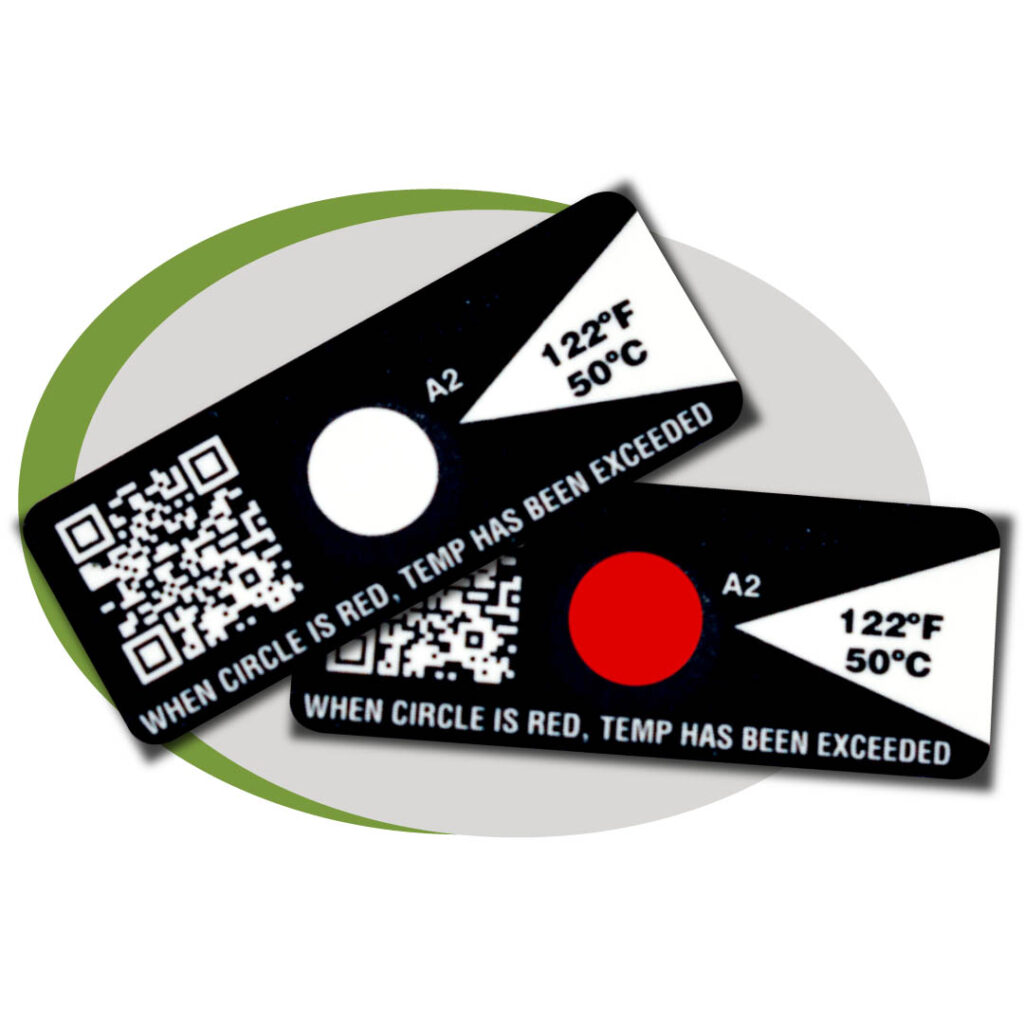
A temperature sensor label alerts users if a product has been exposed to unsafe conditions.
2. Improved Consumer Engagement
QR codes and NFC-enabled labels allow consumers to access detailed product information, tutorials, or promotions by simply scanning the package with their smartphones. This creates a more engaging and personalized shopping experience.
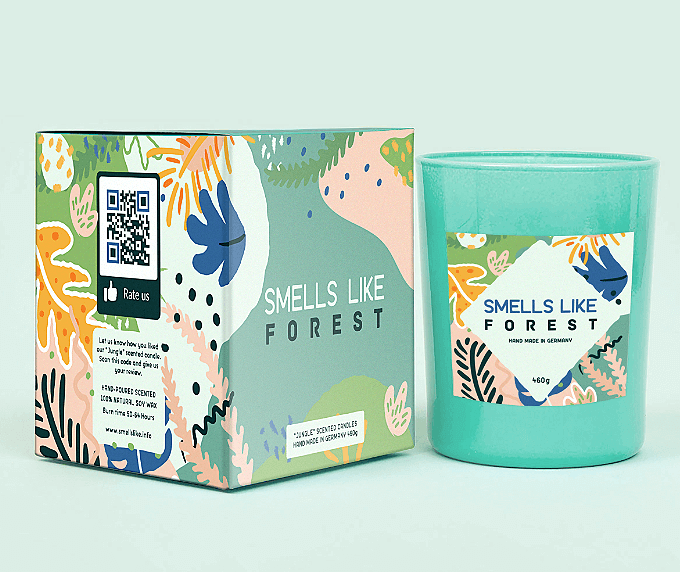
Scanning a QR code on packaging provides instant access to product details and videos.
3. Sustainability and Waste Reduction
With growing concerns about environmental impact, smart packaging offers eco-friendly alternatives. Biodegradable materials, reusable containers, and refillable systems reduce waste while maintaining functionality.
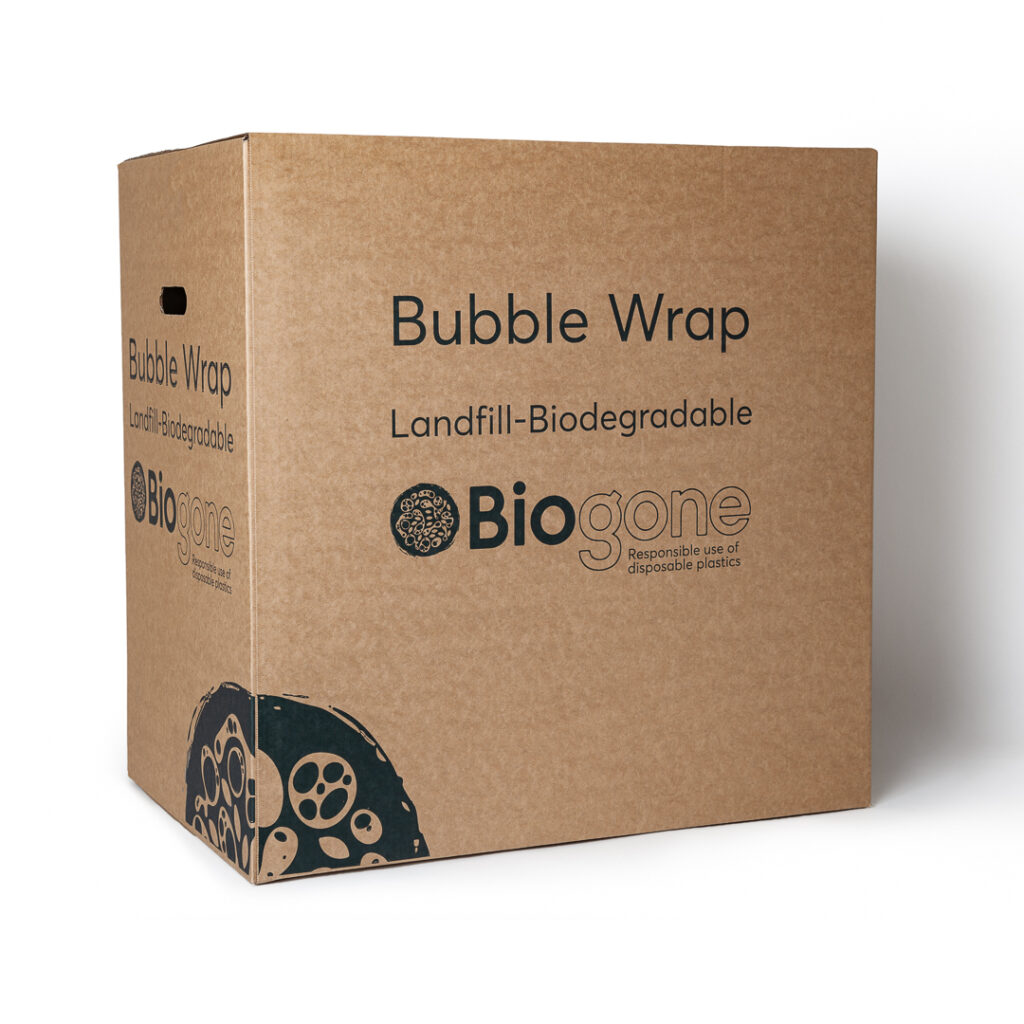
Biodegradable packaging helps reduce plastic waste and promotes sustainability.
4. Supply Chain Optimization
RFID tags and IoT-enabled devices enable companies to track inventory levels, monitor shipments, and prevent counterfeiting. This improves efficiency and reduces losses due to theft or spoilage.

RFID tags streamline logistics and enhance supply chain visibility.
Examples of Cutting-Edge Smart Packaging Technologies
1. Time-Temperature Indicators (TTIs)
These indicators change color based on exposure to specific temperatures over time. They’re particularly useful for perishable goods like dairy, meat, and pharmaceuticals.
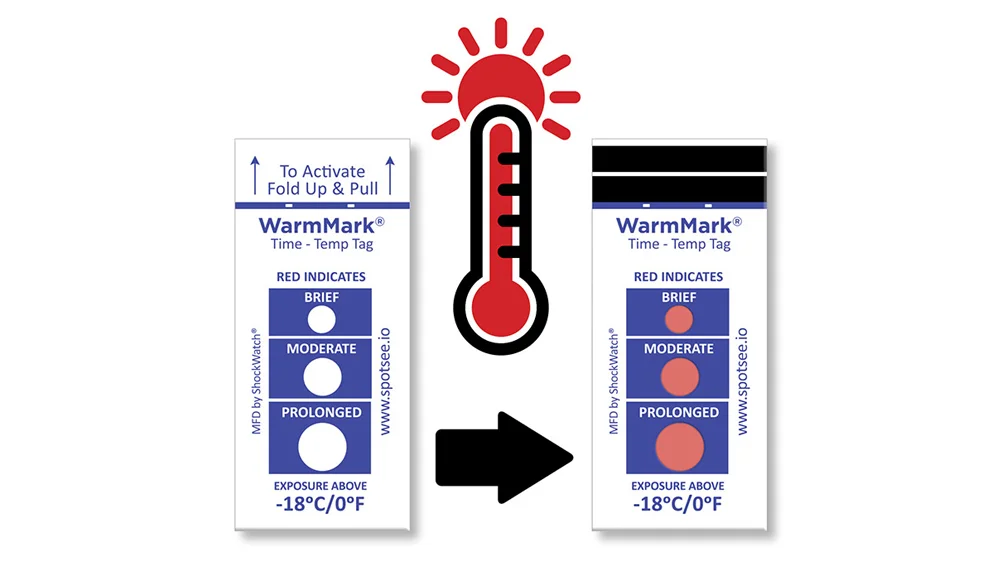
TTIs ensure that temperature-sensitive products remain safe for consumption.
2. Augmented Reality (AR) Labels
AR labels bring static packaging to life by overlaying digital content onto physical products through a smartphone app. Imagine pointing your phone at a cereal box and watching an animated character guide you through a recipe!
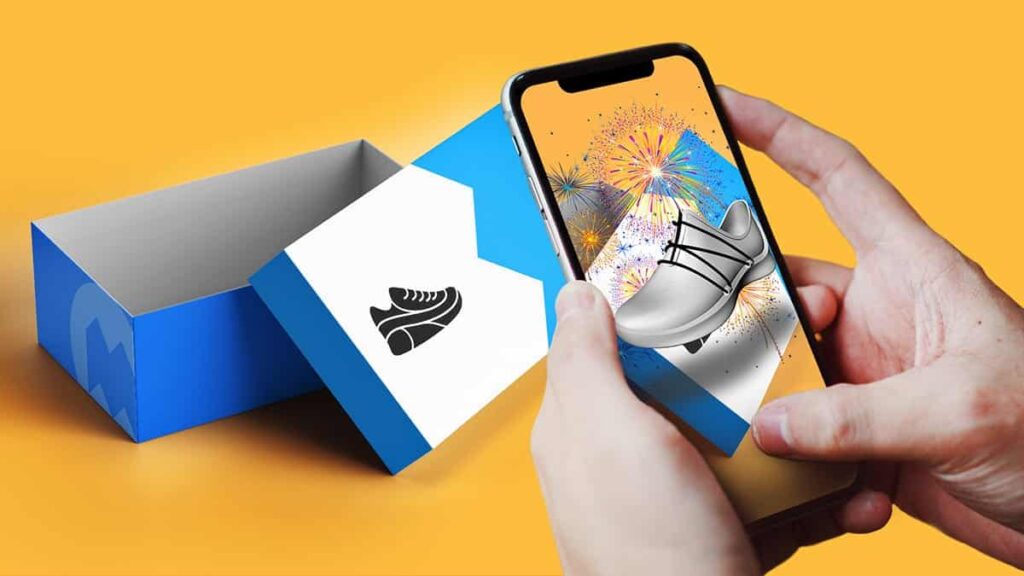
AR packaging enhances storytelling and brand engagement.
3. Edible Packaging
Yes, you read that right! Edible packaging made from natural ingredients like seaweed or rice paper is gaining traction as a zero-waste solution. Companies like Notpla are leading the charge in this space.
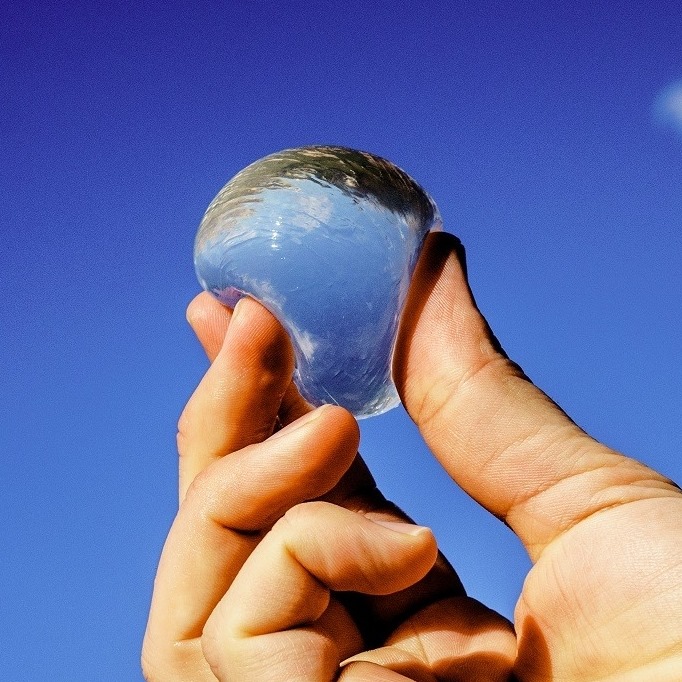
Edible water pods made from seaweed offer a sustainable alternative to single-use plastics.
4. Smart Caps and Closures
Some beverage bottles now come with smart caps that track usage patterns or remind users when it’s time to take medication. These innovations blend utility with health-conscious design.

Smart caps monitor liquid intake and send reminders via connected apps.
Industries Benefiting from Smart Packaging
1. Food & Beverage
From freshness indicators to portion control features, smart packaging is revolutionizing how we consume food and drinks. It also addresses food waste—a major global challenge.
2. Healthcare
Pharmaceutical companies use smart packaging to ensure drug efficacy, combat counterfeit medicines, and improve patient compliance through reminder systems.
3. E-commerce
As online shopping grows, smart packaging helps retailers stand out by offering unique unboxing experiences and ensuring product integrity during delivery.
4. Cosmetics
Beauty brands leverage AR-enabled packaging to let customers virtually try on makeup or learn about ingredient sourcing.
Challenges and Future Outlook
While smart packaging holds immense potential, there are challenges to overcome. High production costs, limited scalability, and consumer education barriers need addressing. However, advancements in material science and IoT integration will likely drive down costs and expand adoption.
Looking ahead, the future of smart packaging is bright. As technology evolves, we can expect more seamless integration of AI, machine learning, and blockchain into packaging systems. These innovations will further enhance traceability, personalization, and sustainability.
Conclusion
Smart packaging technologies are not just a trend—they’re a necessity in our increasingly digital and environmentally conscious world. By combining functionality, interactivity, and sustainability, these innovations are setting new standards for consumer goods. Whether it’s reducing waste, improving safety, or creating memorable brand experiences, smart packaging is paving the way for a smarter future.
So next time you pick up a product, take a closer look at its packaging—it might just be smarter than you think
